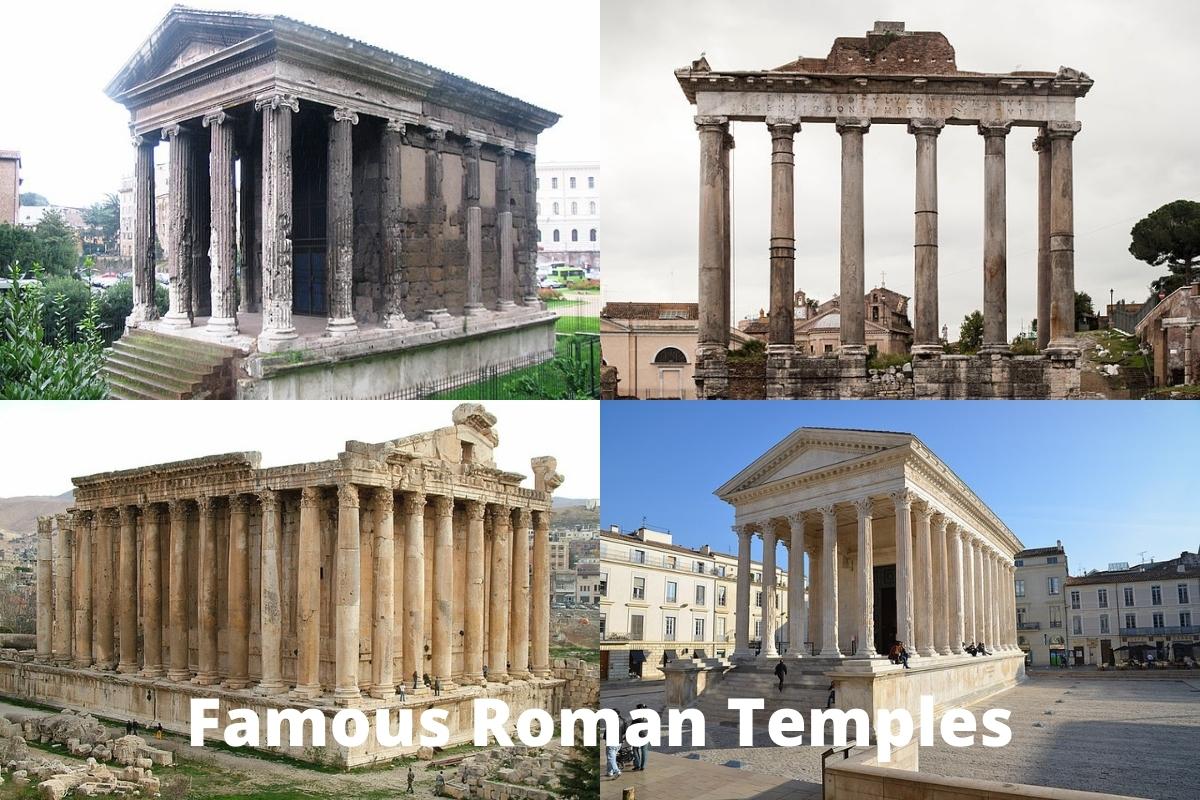For over 1,000 years, the Roman Empire was a strong presence across a massive chunk of the known world.
At its largest, Rome stretched from Portugal through to Turkey, as far north as the United Kingdom, and south to Northern Africa. The territory was so vast in scope it eventually had to be split in two.
Being the world power of the day, it’s not surprising that so many remnants are left to remind us of what once was. Thanks to being such an influential presence, we have bits and pieces of the Roman empire spread across the land.
Come with us as we rediscover some of the Roman temples that stuck around all these years to delight our senses today.
Famous Roman Temples
1. Maison Carrée
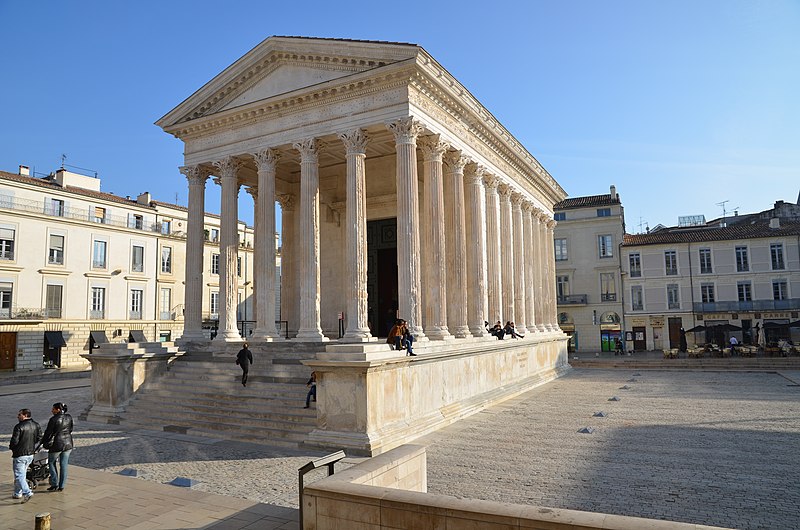
Completed in the year 2 in southern France, Maison Carrée was built in honor of Gaius and Lucius Caesar, who were the grandsons of former emperor Augustus.
The plan for them to inherit the kingdom fell short when both boys passed away young. Things may not have worked out politically, but the dedication to them still stands over two thousand years later.
Maison Carrée, French for Square House, went on to inspire buildings of the future, such as one built by American president Thomas Jefferson who had spent time marveling over the Roman temple when he lived in France.
Today, the temple is down a tiny, one-way street in Nimes. That doesn’t take away from its grandeur, however.
It may be surrounded by modern French buildings, but they aren’t next door. Maison Carrée stands alone on a corner lot with plenty of room to walk around and take pictures with no interference.
2. Pantheon Rome

Standing in front of it, you understand why it was referred to as the temple of all the gods. This extraordinary structure was built to outlast everything and act as a host to the heavens.
Some temples didn’t make it after the switch to Christianity, but this one was too spectacular to be left to vandals. So, it was converted to a Catholic church just after the turn of the seventh century.
Aside from having a change of faith, the Pantheon has a complicated history. Marcus Agrippa, a Roman general and architect, owned the land and put together a plan for a three-building complex there, which culminated in the Pantheon.
At some point, all of it had been destroyed except for the front of the Pantheon. Later, Emperor Hadrian had it rebuilt. It is believed to have been around the year 126 but, since he kept the original inscription, no one can say for sure.
3. Temple of Augustus
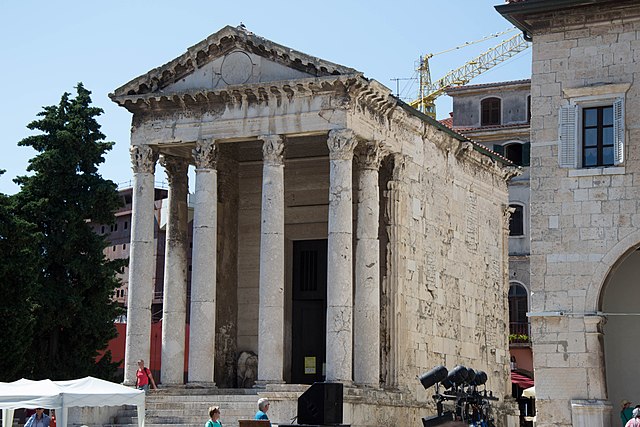
On the western tip of Croatia, just by the ocean, stands a narrow temple that’s been there since the first emperor of Rome stood at the helm.
Originally one of three, the Temple of Augustus survived because it was used as a church. Funny enough, one of the other three was a temple to the goddess, Diana. What remained of it was used as part of the foundation of another building, so, in a way, it still lives on.
Like other ancient Roman buildings, the Temple of Augustus took on a life with another purpose before becoming a tourist attraction. It was once a granary and market. In 1944, the temple was also a casualty of war after being hit by a bomb.
The Temple of Augustus has come a long way in two millennia. In its retirement, you’ll find a tiny souvenir shop in the midst of ancient artifacts.
4. Temple of Bacchus
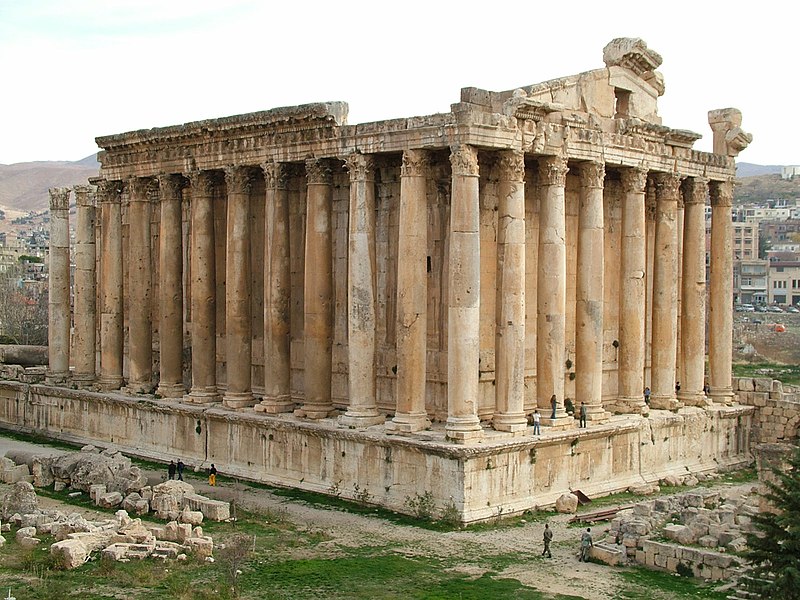
In Lebanon lies one of the most interesting Roman temples. So much so that it is classified as a UNESCO World Heritage Site.
The fact that it most likely was dedicated to the gods of wine and ecstasy just adds to its lure. The Temple of Bacchus is part of a complex that would have rivaled the modern-day Palace of Versailles.
Built at the request of Emperor Antonius Pius in the late 100s, the temple sat surrounded by ruins for hundreds of years. By the time it had been discovered, over 100 years following completion, it was no longer in use. That had more to do with the persecution of pagans than anything else.
It would take another 1,500 years before the site was protected by the newly formed Lebanese government and repairs began. Now, touring the ruins is like a step back into the past.
5. Temple of Portunus
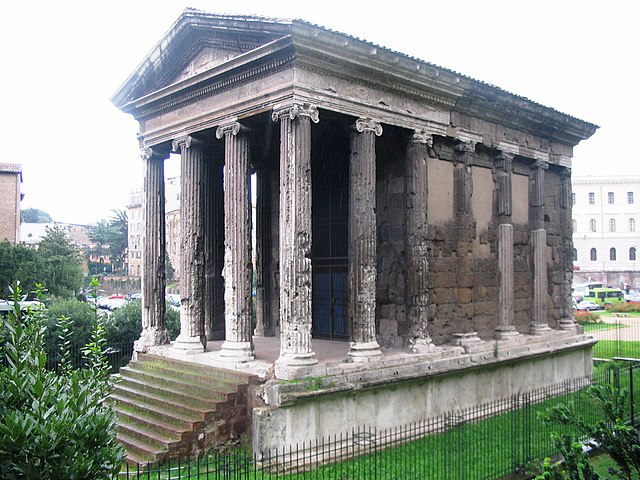
Archeologists remain unsure as to who exactly this temple is dedicated to, but having no direction hasn’t kept it from being so well preserved. A Roman temple that’s actually located in Rome, the Temple of Portunus, is one of the oldest.
It was built sometime around the 4th century BCE. That gave it enough time to be damaged and rebuilt before getting out of BCE, around 100 BCE.
During the Renaissance, the building was referred to as the Temple of Fortuna Virilis, a manly fortune. If it was meant for the god Portunus, it is the most well-intact temple to do so. Sitting close to the Tiber River, the grounds are well cared for and the whole area is surrounded by greenery.
6. Temple of Hercules Victor
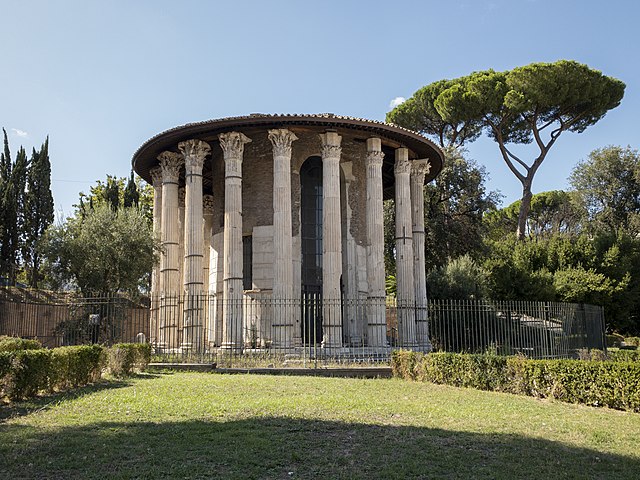
Fittingly, the Temple of Hercules Victor is in good company. Sharing the same grounds as the Temple of Portunus, the building dedicated to Hercules the Winner is not like the others.
This temple is round and is the only remaining ancient temple made from Greek marble. In addition, it’s the oldest marble building in Rome to make it this far. Yes, it was already hanging out when its neighbor was constructed.
10 columns were replaced before the year 100 by a type of marble that is close but not an exact match, so just looking at it there’s already a story to tell.
A thousand years later, the temple was turned into Santo Stefano alle Carozze, a church. Since then, the Temple of Hercules Victor has undergone a series of repairs, rededications, and eventually a restoration in 1996.
7. Temple of Jupiter Optimus Maximus
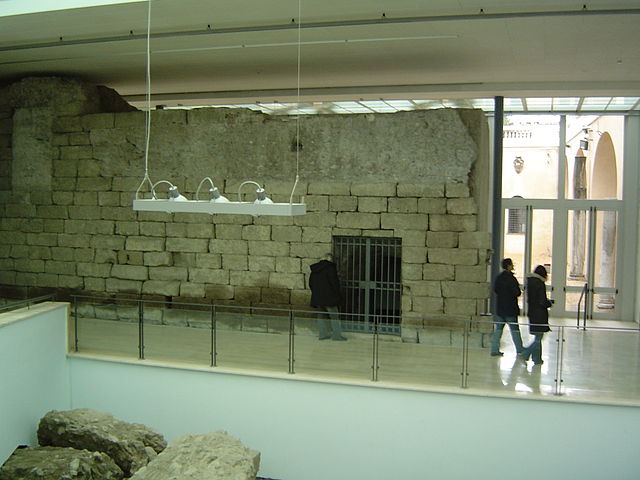
Just north of the last two Roman structures is a temple that was considered the most important in all of ancient Rome.
Sitting atop Capitoline Hill, the Temple of Jupiter Optimus Maximus is also known as the Temple of Jupiter, the Best and Greatest. If that doesn’t tip you off on the feeling they were trying to convey, nothing will.
Built in 507 BCE, it was the oldest massive temple in Rome. It remained a standout in size for centuries. Despite the obsession with this temple, it has been through four different building phases.
Thanks to one disaster or battle after another, massive reconstruction was the story of the temple’s life. The third rebuild burned down after only five years.
The fourth and final phase took place very soon afterward. That one stood for about four centuries before it was closed due to it being a pagan place of worship.
While there were times of great upkeep, it couldn’t be kept from looters for long. What’s left can be viewed from the Palazzo dei Conservatori.
8. Roman Temple of Évora
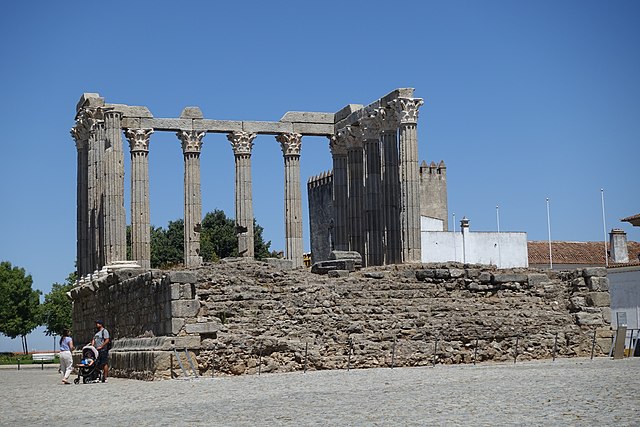
The bones of the once grand Roman Temple of Évora is all that remains of the ancient empire on this side of Portugal.
In fact, the whole city of Évora is a World Heritage Site. Sketches of what the temple probably looked like when it was new make you long for a time machine to see the building in all its glory.
This temple was the center of the city, an important spot for everyone who lived there. It was also a reminder to locals where their allegiances lie.
It was, after all, in honor of Emperor Augustus. 1,400 years later, King Afonso V allowed construction workers to use the stones in other defense structures.
From being part of a castle to a butcher shop, this temple has kind of seen it all.
9. Temple of Saturn
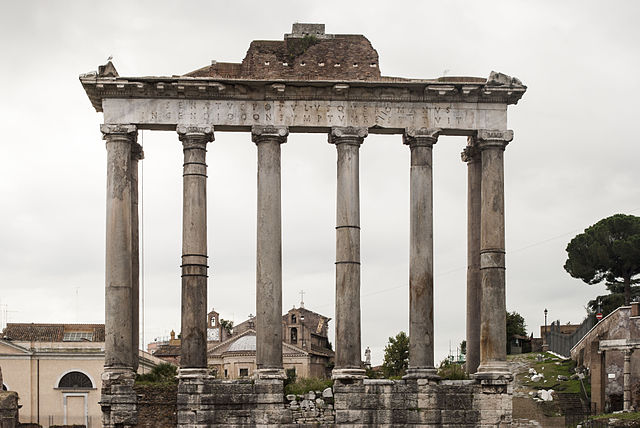
Strewn across a plot of ruins, the Temple of Saturn stands out as one of the most visible of the structures left. It’s actually part of Capitoline Hill, like the Temple of Jupiter Optimus Maximus.
Built around 10 years after its famous neighbor, the Temple of Saturn was dedicated in 497 BCE. That makes it the second oldest Roman temple.
By 42 BCE, it had been reconstructed, but that isn’t what we’re seeing here. What stands is actually from the third reconstruction, which happened following a devastating fire in 360 CE. Luckily, what remains is protected and can be studied.
10. Temple of Hadrian
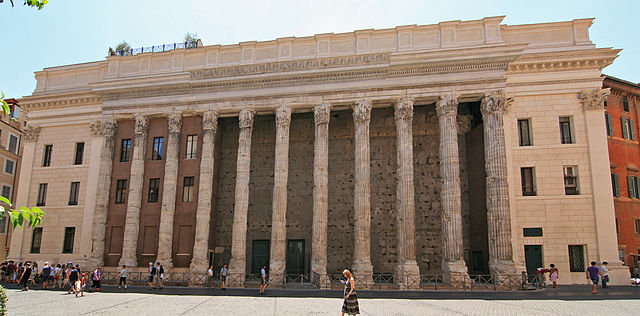
Very much intertwined with modern-day Rome, the Temple of Hadrian was constructed as an ode to the deified emperor by his adopted son and successor, Antonius Pius.
Most of what survives is the front face of the structure, but that hasn’t kept archeologists from discovering a lot about the building and how it played into society of the time.
The temple’s legacy lives on as the ruins are now part of the building that houses the Chamber of Commerce.

